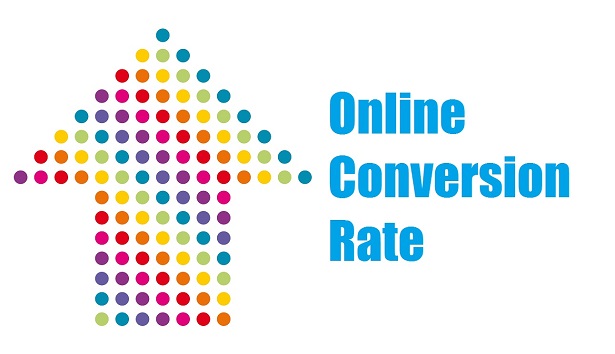
Color and Conversion
According to research done by Satyendra Singh, “people make up their minds within 90 seconds of their initial interactions with either people or products. About 62-90 percent of the assessment is based on colors alone.” He goes on to discuss how color choice distinguishes companies from their competitors and influences consumers’ attitudes toward a product. Colors appeal to moods and emotions, evoking positive or negative feelings about an offer.
What does this mean in the realm of internet marketing? A lot! Color plays a significant role in the success of an online marketing campaign. The design of a logo and color scheme of websites and advertisements directly impact a consumer’s decision-making behavior.
Branding
A company’s logo should reflect their personality. Colors can portray a distinct attitude or persona; for example, pink may signify a feminine brand while black and silver would point to something more masculine. Similarly, a logo with multiple, bright, vibrant shades would give off a more outgoing, energetic vibe while using one or two darker tones would reflect a bolder attitude. Regardless, while societal influences cause people to attribute color with certain ideals, companies should choose a logo design that stays true to their brand and reflects their identity.
Advertisements
Advertisements are intrinsically different than logos. Where logos symbolize the company for which they’re made, advertisements are offer-specific. They typically have a short life-span, especially if they’re seasonal or for an expiring offer, so their designs constantly change. Successful advertisers a/b test their advertisements to see which colors generate the most conversions and then tweak them accordingly. The advertisements don’t need to match the logo or even reflect the brand – they’re specific to the offer for which they’re made.
Furthermore, ads can be designed to elicit a particular mood from users. A Halloween advertisement, for instance, might perform better when made in black and orange than other color combinations. An offer running during a national holiday will likely have a higher conversion rate when created in the same colors as the nation’s flag. When an ad induces nostalgia in consumers, the chances of them buying in are much higher.
Lastly, call-to-action buttons that are a different color than the rest of an ad typically boost sales. If an advertisement uses multiple shades of green, the CTA button should be a bold red or blue so that it stands out to viewers. The obvious contrast in color redirects a buyer’s focus from the content to the completion of the sale.
Websites & Landing Pages
A website, like a logo, reflects the personality of a brand. However, it should also be a manifestation of the brand’s message to consumers. A sophisticated tech company might use a more classic color scheme with standardized font and clean images (think Apple, HP and Samsung), while a company geared towards children might utilize the primary colors and more creative images with unique shapes (such as Toys R Us, Gymboree and LEGO). Their site will not only jive with their logo, the user features will mesh as well.
Apple’s website has a lot of clean, white space, features products in an organized way, and targets a demographic interested in hi-tech devices. LEGO, on the other hand, focuses more on user-interaction, allowing children to take surveys, create their own toy designs, and play games. The creative design of a website has to deliver a brand’s message effectively. A website that uses colors, fonts, and images that don’t give a user a strong sense of the company will drive traffic elsewhere.
Companies should be prudent about color choice in the illustration of their logo, website, and advertisements. Many factors affect the way a consumer views a brand and the right creative design decisions will boost sales across multiple platforms.
Want to make a comment? Click here.
